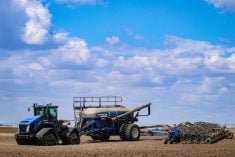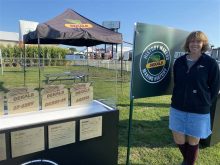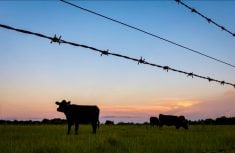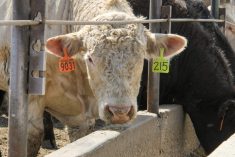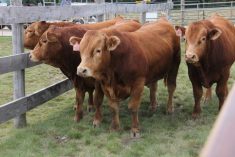MarketsFarm — The number of hemp acres grown in Canada, of which more than 80 per cent are on the Prairies, have ebbed and flowed over the past few years.
In 2018, 41,200 acres were planted, according to Statistics Canada, but the total more than doubled the next year to 91,100. In 2020, that number went down to 53,000, but 2021 was projected for growth to 66,600 acres.
While that estimate is likely to fall short due to oversupply, weather-related issues and competition from high-priced commodities, there is still room for optimism for hemp growers.
Read Also

U.S. grains: Soy futures post biggest monthly gain in nearly five years on China trade optimism
U.S. soybean futures climbed to a 15-month high and posted their biggest monthly gain in nearly five years on Friday following a rally fueled by the prospect of revived exports to China.
“(The industry is) on the edge of turning,” said Kory Lulashnyk, general manager of Parkland Industrial Hemp Growers (PIHG) at Dauphin, Man. “There might be lower acreage currently in 2021, but 2022 and forward looks pretty promising for grain and fibre production.”
Hemp prices reached 80 cents/lb. in 2017 and 2018, but a surplus dropped the price of food grain hemp to 50 cents, according to Lulashnyk. Last spring, companies offered 70 to 75 cents/lb. — not enough to compete with high-priced crops.
Industrial hemp is from the same species of plant as cannabis, but the former must have less than a 0.3 per cent concentration of tetrahydrocannabinol (THC), the main psychoactive compound in cannabis, in the flowering heads and leaves.
Along with the use of its fibres for textiles, hemp’s seeds and their oil have found space on store shelves as health products.
“The grain market seems to be steady and increasing. Personally, I haven’t seen where the grain and the food use are increasing where they’re getting used as an ingredient for some of the bigger food processors and packagers,” Lulashnyk said.
“On the fibre side, we’ve probably seen a lot more inquiries this past year than in previous years. I’ve had inquiries to grow hemp for fibre pretty much across the country.”
Hemp production was first legalized in Canada back in 1998 but is still heavily regulated by Health Canada. In 2020, 1,269 industrial hemp licenses were issued by the federal government, including 582 in the Prairies, with 499 of those for cultivation.
Two of the cultivars PIHG created, Joey and Canda, combined for about 1,876 acres seeded in 2020.
“Here in the Parkland (region), it’s a little restricted as to what crops you can grow. Hemp offers a great choice for the crop rotation and, at the same time, it has a good cash return with a little bit…Herbicide and fungicide inputs are a lot lower,” Lulashnyk said.
Despite the hot and dry weather which has damaged crops and will limit their yields across Western Canada, PIHG’s 2021 crop is growing well.
“(The crop) looks good. It’s growing well. I think it doesn’t like a high amount of moisture and obviously we didn’t have that this spring,” Lulashnyk said. “We have to stay tuned to see how the flowering and the seed development go for the rest of the season.”
While more countries are starting to legalize the growing of hemp, adding competition for the Canadian product, Lulashnyk believes the industry will continue to grow.
“On the bigger picture, there will be a lot of opportunity when it comes to other countries having legalized hemp. Whether it’s selling seed into those places or selling the end products whether it’s the grain or the fibre into other countries that are now going to start processing.”
— Adam Peleshaty reports for MarketsFarm from Stonewall, Man.




